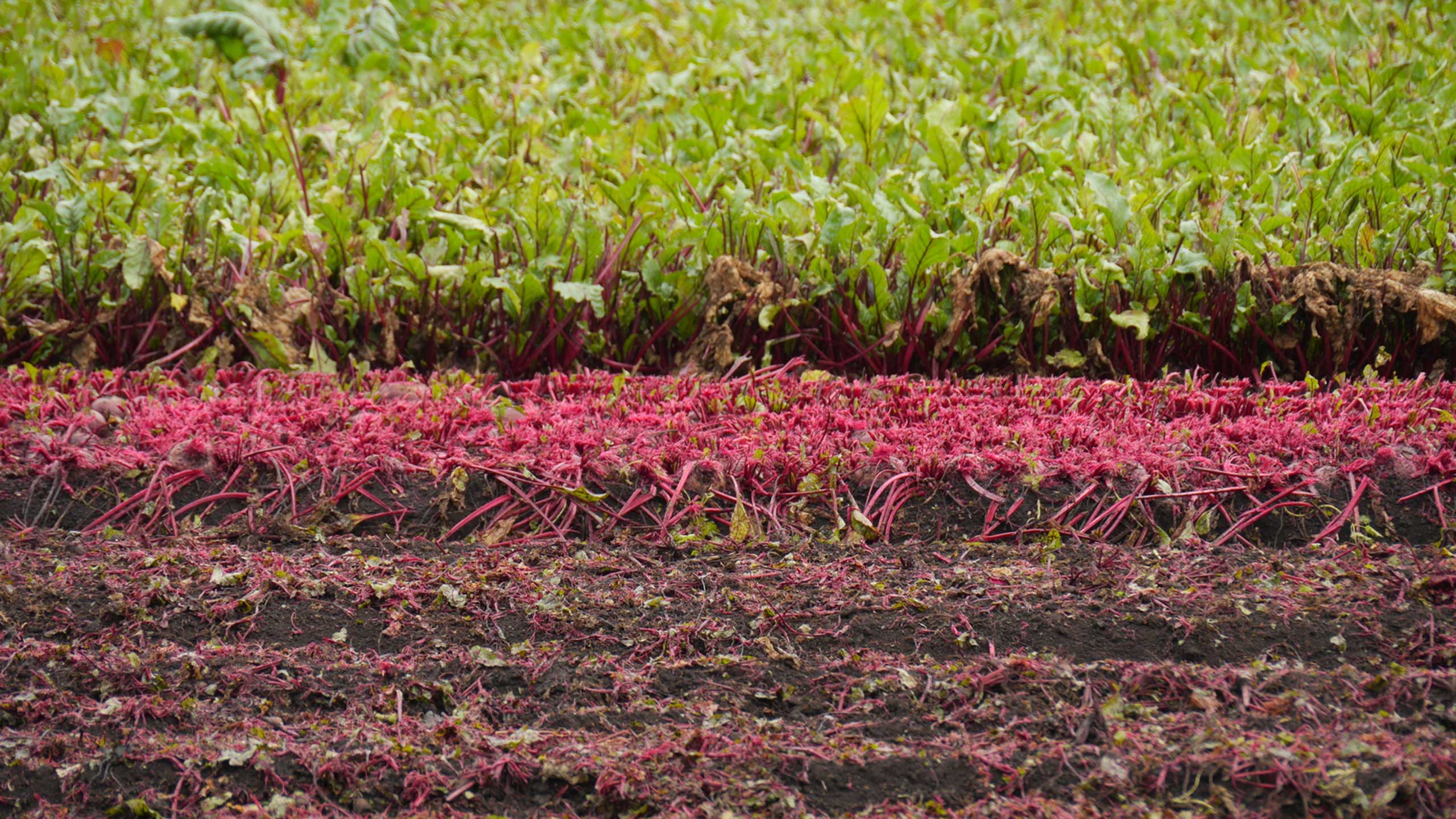The
£2 billion
vegetable
and the agricultural future of the East
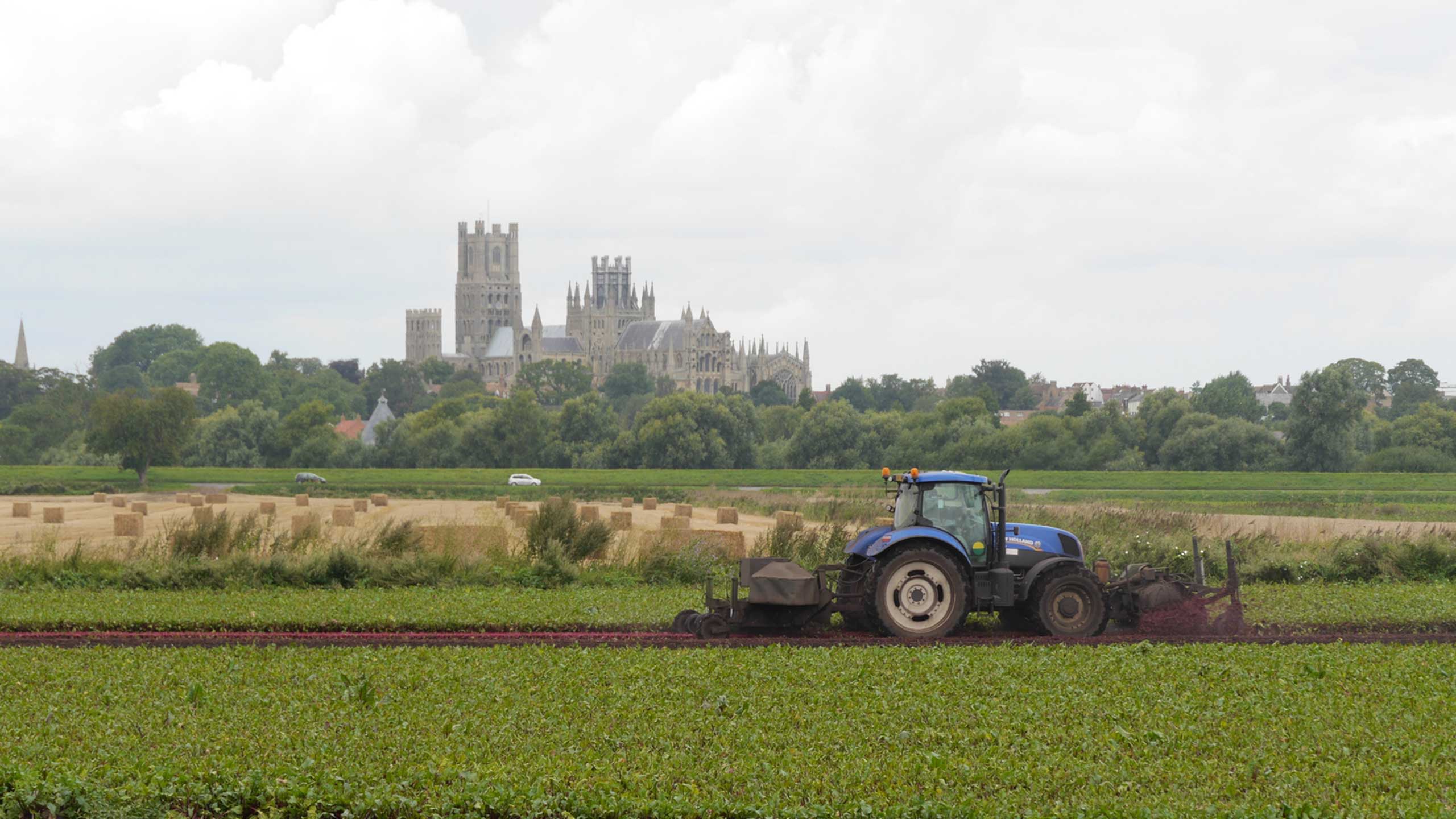
From crop science to robotics, supply chains to economics, researchers are working with farmers and industry across the East of England to sustainably increase agricultural productivity and profitability.
Under a searing hot sun, jets of water spurt from wide metal arms and patter gently onto the green leaves below. The uncultivated earth nearby is baked dry after months without rain, and the water level in the farm’s reservoir in Cambridge is unusually low. Dr David Firman surveys the test plots with a seasoned eye.
Firman’s entire research career has been devoted to the potato, a staple crop we produce around five million tonnes of each year in the UK. With the industry worth an annual £2 billion, the trials at this site on the outskirts of Cambridge could have valuable consequences for growers.
On this particular day – in one of the hottest and driest summers on record in England – farmers in the eastern region, as elsewhere, faced considerable challenges.
“The difficulties ranged from how can growers best use the water resources they have left, through to specific issues relating to quality problems that might result from the extreme weather. As researchers, we tend to help with these challenges on an advisory basis, but they can also inform future research, which makes this engagement really valuable.”
Firman leads a team of 10 scientists at the farm, which is based at the National Institute of Agricultural Botany (NIAB) in Cambridge. The NIAB CUF facility is known for its world-leading research focused on meeting the future needs of UK potato growers and their customers.
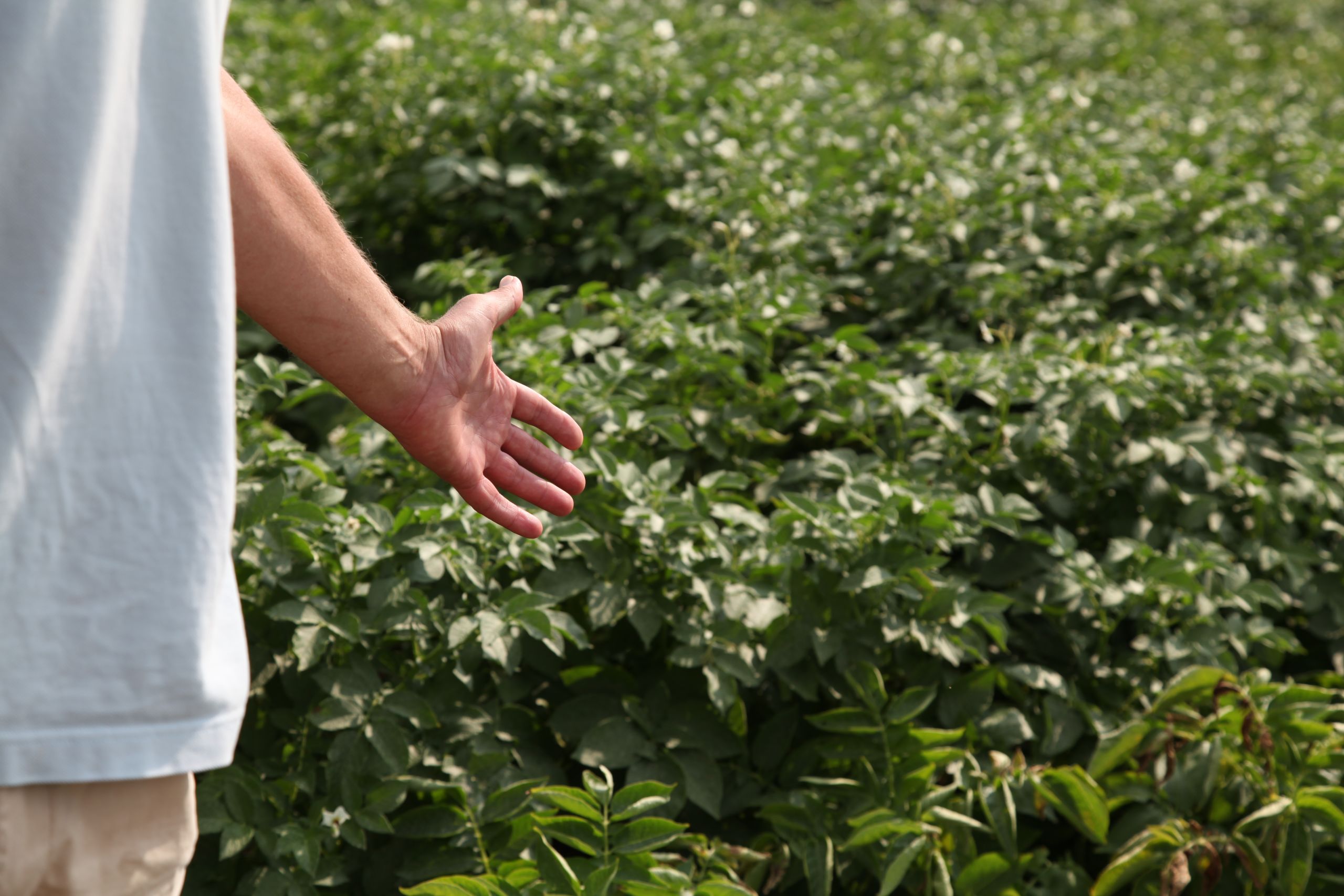
Farmers in nearby East Anglia harvest a third of England’s entire potato crop, and the team works closely with many of them through the Cambridge University Potato Growers Research Association.
“Of all the water use in agriculture, potatoes use more than any other crop in the UK. In the longer term, we’re interested in breeding varieties that might need less water, to help growers make the most of the water they have,” says Firman.
“Water isn’t only important for yield but also for disease control. There’s a specific pathogen of potatoes that forms a blemish on the tubers. The most effective way of controlling it in susceptible varieties is by watering them in a specific way. Other research is focused on improving soil management and use of pesticides, to improve production efficiency and sustainability.”
NIAB CUF has links with the Cambridge Global Food Security Interdisciplinary Research Centre (IRC), a University-wide network concerned with the challenges of meeting the rising food needs of a growing population. Their collaborative work has enabled the exploration of opportunities to improve productivity in one of the UK’s key industries: agri-tech, which contributes £14.3 billion to the UK economy and employs 500,000 people.
Improved agricultural productivity would contribute to economic growth in Fenland, which accounts for about half of England’s most highly productive farmland. Of all the crops grown to a significant scale, potatoes are one of the more complex.
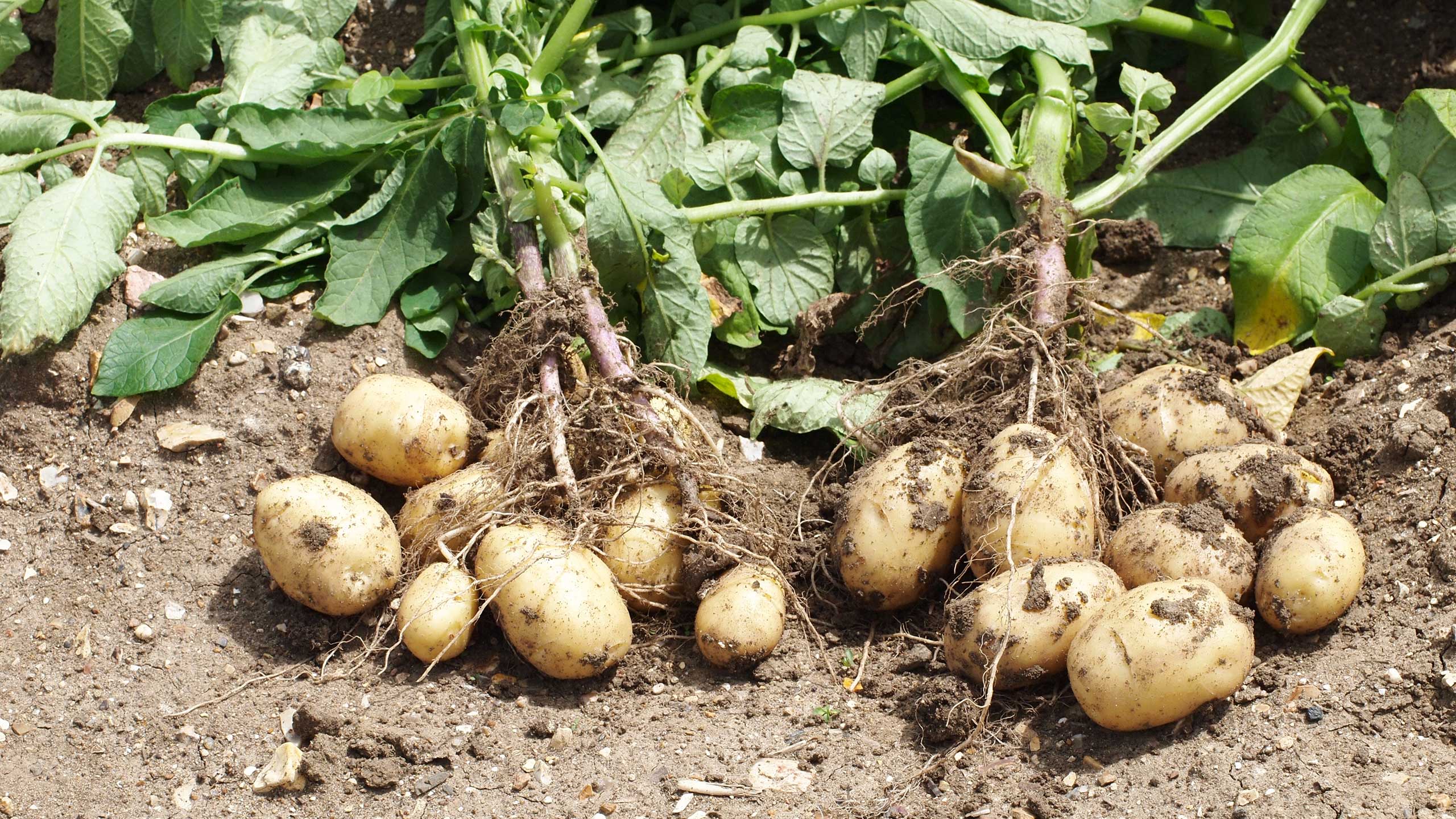
Mapping the supply chain
The complexities of the potato crop are not just confined to the field, but reach all the way to the table, as Dr Mukesh Kumar at Cambridge’s Institute for Manufacturing has been discovering.
Kumar studies the dynamics of supply chains of products ranging from cars to milk. He recently teamed up with representatives from potato industries to investigate why potatoes have one of the highest waste problems of any commodity crop.
“Our first step was to map out the potato supply chain from beginning to end,” says Kumar. “We were amazed to find that it involves up to 23 key actors – from seed developers, producers and growers, to farmers, processors and retailers.”
He found that the main ̔hotspotʼ for waste is at the farm, and that the processing industry was keen to address waste occurring from the farm to the factory gate.
“Around 55 tonnes of potatoes are produced per year for every hectare of cultivated farmland, but we know the optimal yield is 100 tonnes.”
“The difference is caused by many factors, some natural and some due to farmers having limited access to resources and technological expertise. This gap between expected production and real production is a huge waste of resources.”
Kumar believes the team has just scratched the surface with this pilot study; now they need to look at the wastage issue in more depth to design better solutions for farmers. “To understand our food system properly, and improve resilience and profitability, we have to continue to work closely with the growers.”
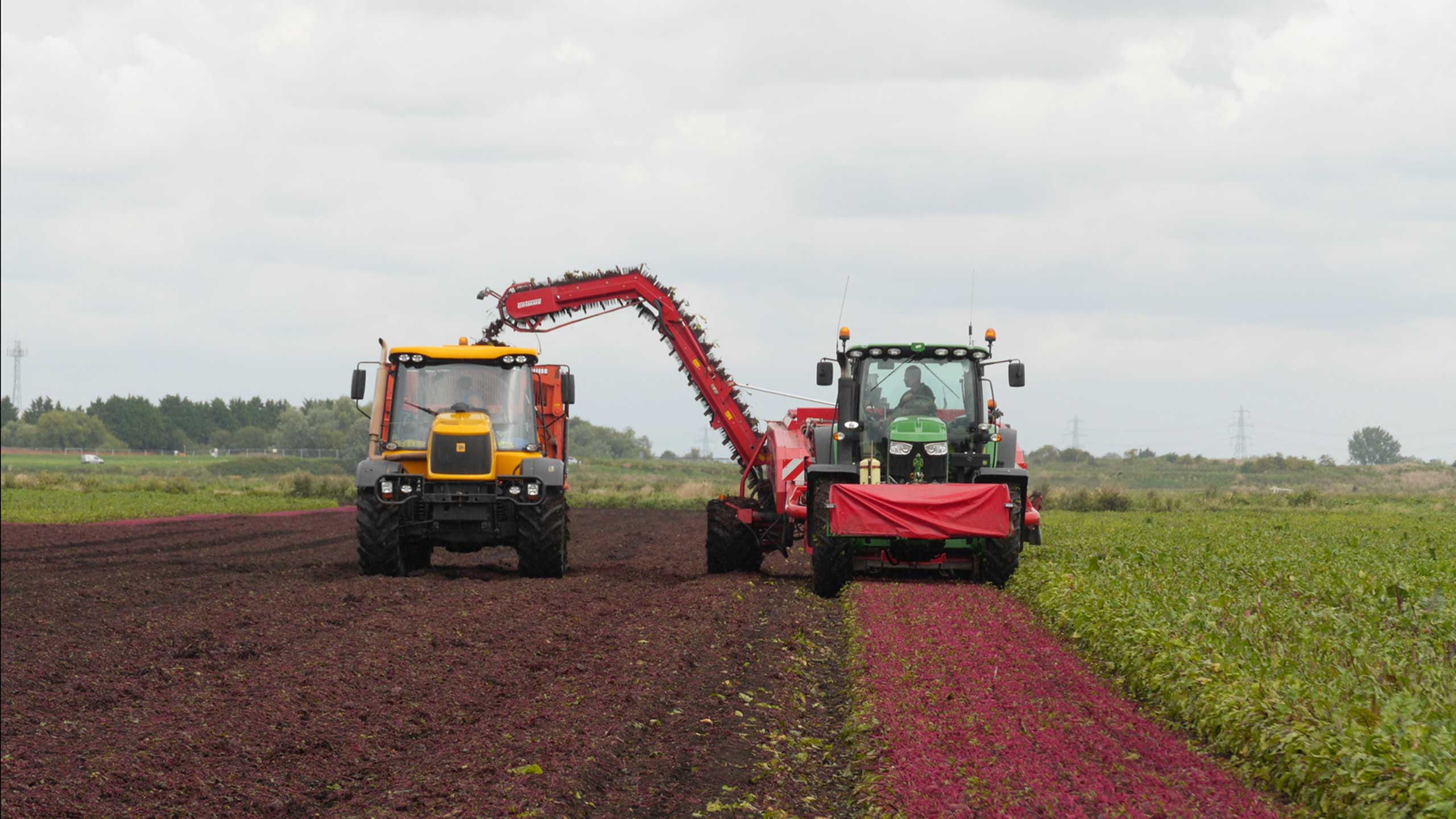
Farm economics
Ben Lang in the Department of Land Economy’s Rural Business Unit also works with the farming industry: he leads Cambridge’s involvement in the Farm Business Survey.
Commissioned by the government’s Department for Environment, Food and Rural Affairs (Defra) and supported by the farming unions, the survey has gathered data since 1936 to become the largest and most authoritative source of information on the economics of farm businesses in England. Langʼs team leads on the collection of information from over 300 farms in the East of England.
“We’d encourage every farmer in the East and nationally to use the results of the Farm Business Survey,” says Lang.
“They can use it to see how their business compares with others like their own, and start to understand the differences. A wheat farmer, for example, can compare the costs of crop protection with other farm businesses. If they’re high, it will prompt the farmer to think about whether these costs are justified. Are they resulting in a high yield of high-quality produce, or not?”
The team also uses information from the survey in a ‘Projection Calculator’ to help farmers see what their accounts might look like in a few years’ time. Extrapolating existing data according to the predicted future prices of key inputs like fertiliser and energy creates a useful tool for farmers.
“If one crop uses more energy than another, for example, then at a time of rising energy costs that crop would become less competitive,” says Lang.
“The Farm Business Survey can help farmers understand the effects of changing market conditions and adjust their practices accordingly.”
The survey is the go-to data source for the UK government in formulating agriculture policy, says Lang. “It’s the only resource that portrays the true economic situation facing farmers and rural businesses.”
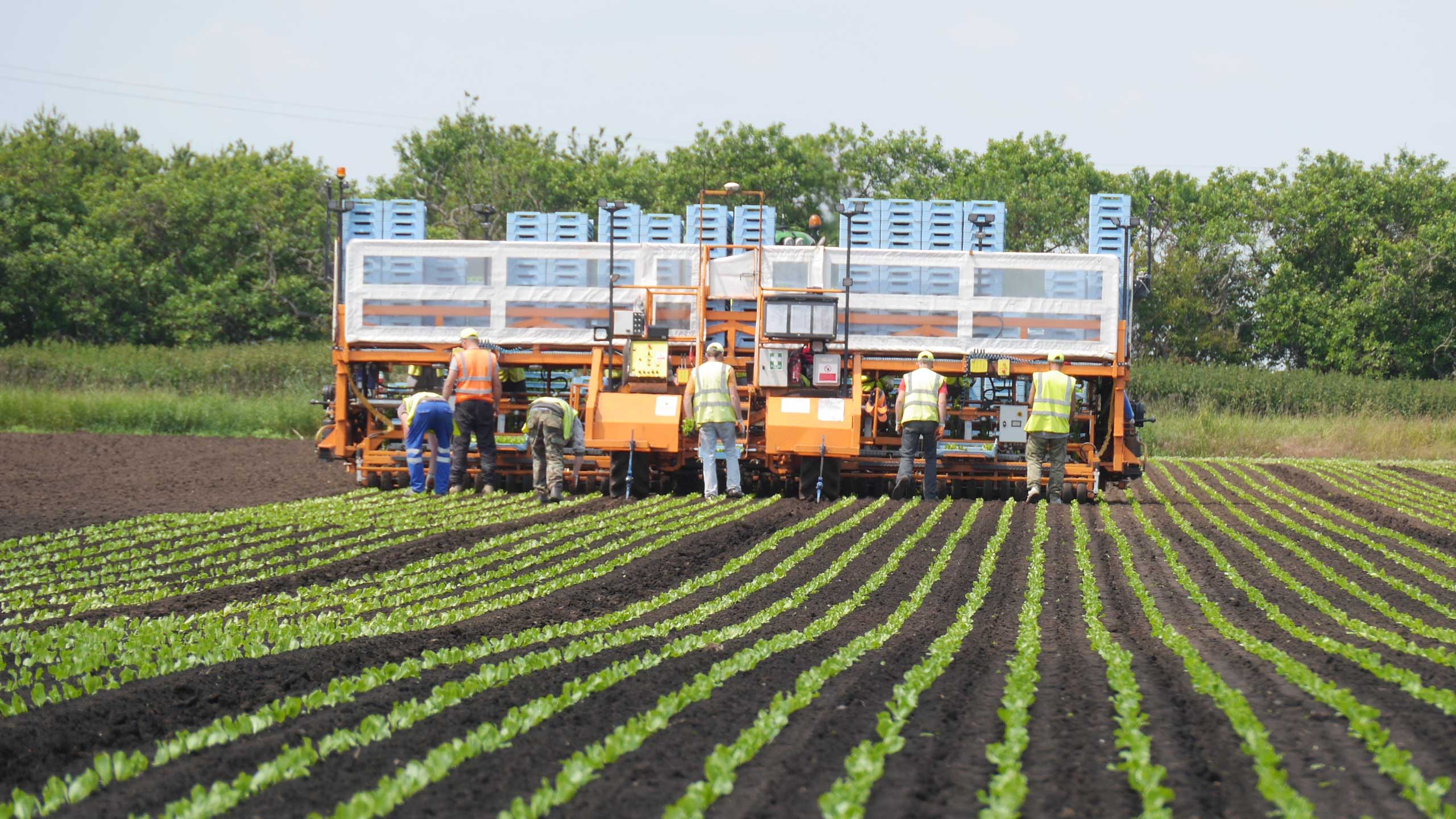
Bio-inspired robotics
One policy announced by the government in early 2018 was support for the development of high-tech innovations to make UK agri-businesses more productive and profitable, while improving resilience and protecting the environment.
Someone who recognises the complexity of this challenge is Dr Belinda Clarke, Director of Agri-Tech East, an ‘innovation hub’ of farmers, growers, scientists and entrepreneurs focused on improving the competitiveness of agriculture.
“Aligning the expectations of farmers with the nature of cutting-edge research is a challenge,” says Clarke, “and some of the frontier discovery research is quite a long way from market.
“Part of the skill is in being able to introduce farmers to research and innovation at different places along the ‘technology readiness’ spectrum – from the very blue-sky, to the more applied work that’s closer to market, and helping them to appreciate the potential impact.”
“It’s all about bringing innovation to end users in a way that’s immediately applicable to them,” she says.
As an active member of Agri-Tech East, the University is building connections across the whole breadth of the agri-food chain. In the Department of Engineering’s Machine Intelligence Laboratory, Dr Fumiya Iida wants to apply his expertise in robotics to the automation of agricultural processes. He’s interested in the challenge of creating robots that can effectively deal with ‘soft’ objects, like fruit and vegetables, without damaging them.
“Robots are really terrible at manipulating soft objects,” says Iida. “It’s so easy for us humans, but robot technology is designed for a rigid world. Assembling cars, for example, is much easier for them compared with manipulating fruit and vegetables.”
Julia Cai works with Fumiya Iida on lettuce-picking robot technology
Julia Cai works with Fumiya Iida on lettuce-picking robot technology
Using an electrically conductive soft material, his team is making robots that are sensitive to light, chemicals and other stimuli, enabling them to deal with uncertain tasks in unstructured environments, like farmers’ fields. He calls the work ‘bio-inspired robotics’ – looking at biology and why humans are good at certain tasks, and trying to create robots to do the same.
Soft robots could have many applications, from harvesting crops, to packaging or quality control, to peeling and wrapping vegetables. “Across the supply chain there are so many challenges of soft manipulation,” says Iida. “Robots could work in conditions that are terrible for human workers, like cooking beetroot in vinegar for the supermarkets. Imagine working in a noisy, hot, smelly factory all day long – at the moment humans have to do it because there’s no other solution.”
He adds: “We have many agricultural companies in East Anglia and they’re all aware that automation is the future for farming, but they don’t know where to start. And we don’t know where to start because we don’t know what the problems are.” By bringing the two groups together through targeted workshops in Cambridge, conversations are starting to happen and collaborations are beginning to emerge.
Clarke says Iida is just one example of the real willingness of researchers not just to disseminate knowledge generated within the University, but also to take on board the knowledge from within the farming community and embed it in research thinking for the future.
Iida is collaborating with G’s Growers, based in Cambridgeshire, to automate the beetroot cooking process and to develop a soft robot to harvest vegetables such as lettuce. “Automation is necessary if you want to scale up agricultural processes to feed a growing population,” he says, adding “development of new technology doesn’t just happen in the lab.”
Helen Francis (Dept Engineering) and Jacob Kirwan (G's Growers) talk about robotic harvesting, productivity and the partnerships between industry and academia
Innovation to commercialisation
Iida has been awarded a Royal Society Translation Award to investigate the potential to commercialise a lettuce-harvesting robot. For others wishing to commercialise their agri-tech innovations, the recently established Ceres Agri-Tech Knowledge Exchange Partnership may be able to help.
Established through a Research England Connecting Capability Fund Award, the partnership links the Universities of Cambridge, East Anglia, Hertfordshire, Lincoln and Reading, and also the John Innes Centre, NIAB and Rothamsted Research. Its £4.5 million investment fund will help to develop viable agri-tech projects derived from the research of Ceres university partners towards commercial propositions that businesses can invest in.
“Ceres is a really exciting opportunity for the ever-growing agri-tech cluster in the East of England, particularly for projects that don’t have a defined route to market,” says Ceres Coordinator Dr Geoff Elliott.
“We’re looking forward to working with university and industry partners to bring the latest innovative research out of the lab and into practice. Ultimately our work will benefit the government’s Industrial Strategy and the UK economy, but – in line with the University of Cambridge’s mission – first and foremost we want it to benefit society.”
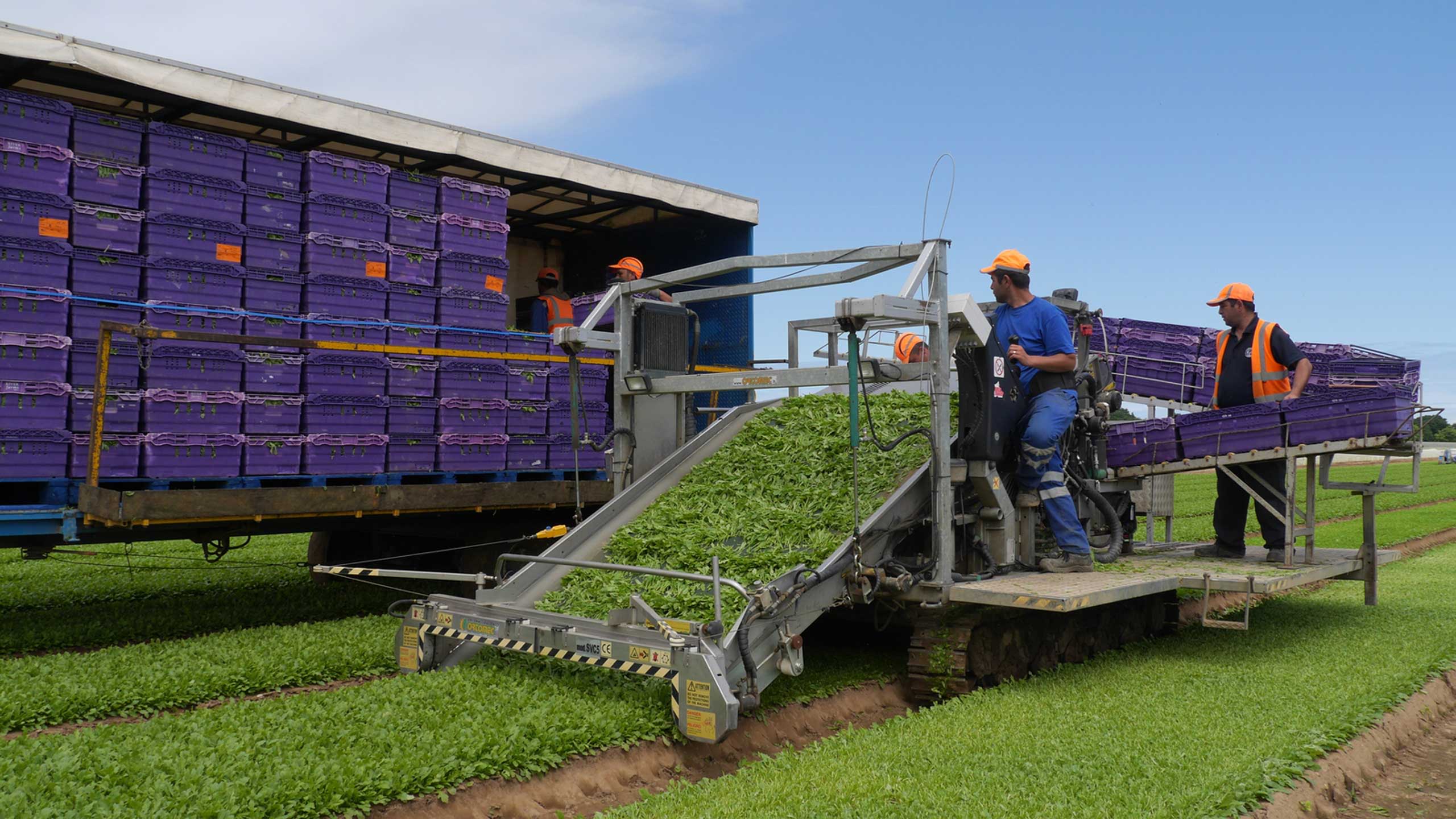
Future crops
Developments in modern biotechnology and plant breeding will play a vital role in meeting future food demands.
To advance capacity, the University, in collaboration with NIAB, is creating a Cambridge Centre for Crop Sciences (3CS) in which researchers will work with industrial partners to translate the University’s strong fundamental plant research into practice for farmers, processors and consumers. Construction of a major new facility on the outskirts of Cambridge is due to be completed by 2020, as is the recruitment of a new Crop Science Professor to lead the work.
Professor Sir David Baulcombe from the Department of Plant Sciences has long championed the new Centre: “The molecular biology of plants has gone through a revolution in the past 30 years. With genome sequencing to help us, we can now develop crop varieties with the traits we want – like water efficiency or disease resistance – much more quickly than through traditional breeding methods. ”
“Our goal is to translate these advances into technologies for agriculture that will support rural economies, deliver higher crop yields and reduce environmental impacts.”
The 3CS will focus on furthering agricultural innovation and productivity, benefiting farmers in the eastern region and elsewhere, including smallholder farmers across the developing world.
Professor Howard Griffiths, Co-Chair of the Cambridge Global Food Security IRC, is confident it will be a successful new model for translating research into practice: “Research and industry are very different communities, with different challenges and priorities. We need to get the various stakeholders to work together as an ‘innovation community’, to identify and tackle the key challenges and help deliver the UK government’s agri-tech strategy.
“The eastern region is rich in agricultural research facilities and in end-users for agri-tech innovation, with arable farming and horticulture as major industries. 3CS provides a real opportunity for the East of England to become the global centre for agricultural innovation.”
Back at the farm, Firman can see from the work at NIAB CUF the value of long-term continuous engagement between growers and researchers. “We won’t solve the big problems overnight. But together, we can see what needs to be done and get on with it.”
Read more about Cambridge University research in the East of England in a special issue of Research Horizons magazine.
Words: Jacqueline Garget
Design: Louise Walsh
